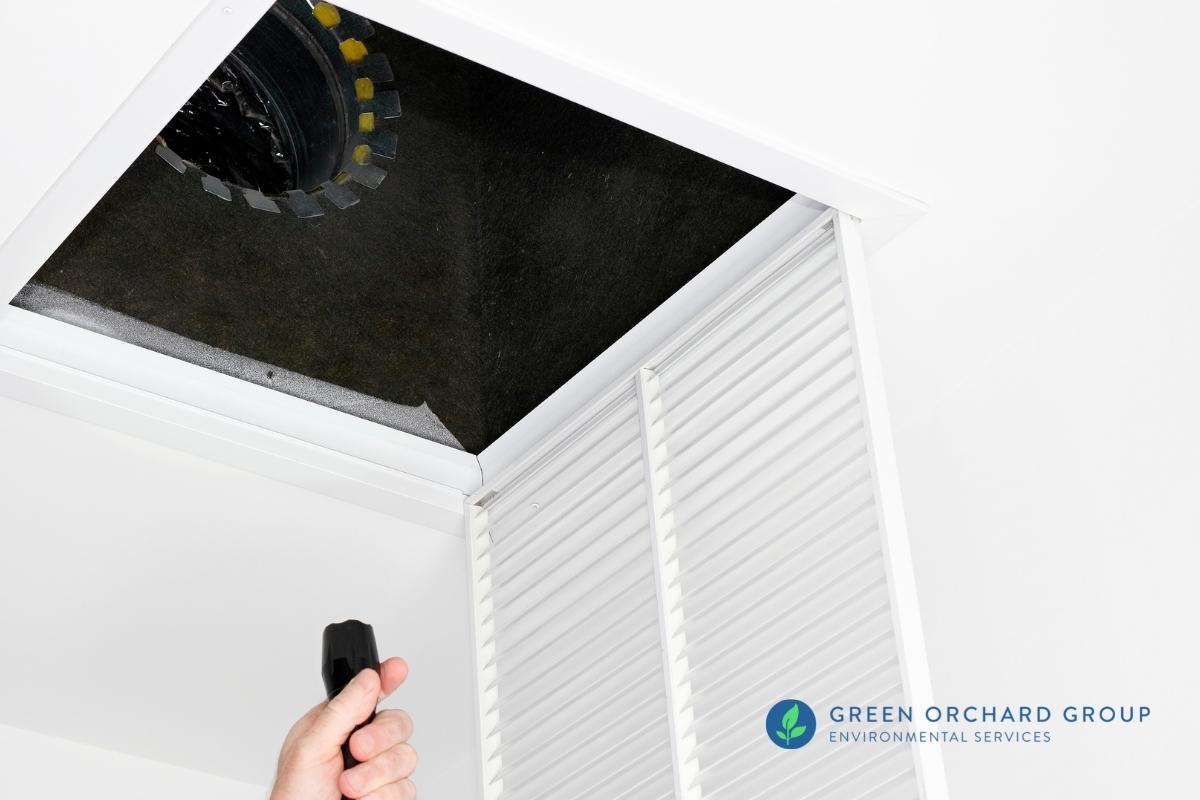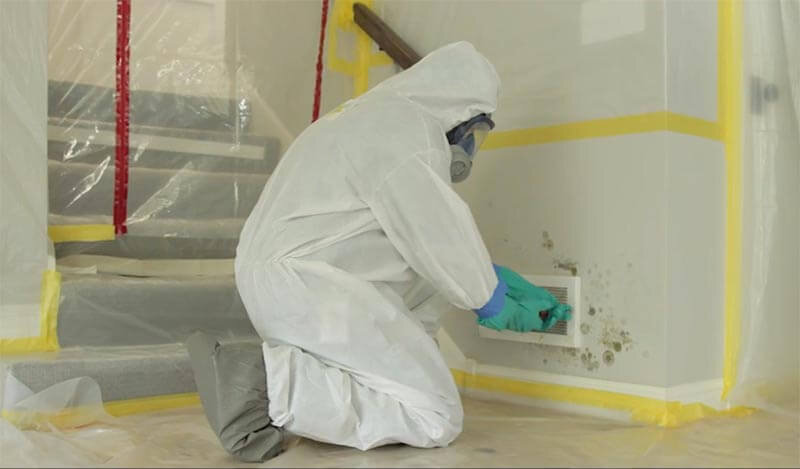After Mold Remediation Methods for Clean Areas
After Mold Remediation Methods for Clean Areas
Blog Article
Your Ultimate Overview to Blog Post Mold Remediation Methods
In the after-effects of mold and mildew invasion, understanding exactly how to effectively eradicate the mold and avoid its reoccurrence is critical for keeping a healthy interior environment. From picking the right cleaning and sanitizing methods to executing techniques for long-term mold and mildew prevention, each step in the remediation journey plays a vital duty in guaranteeing an effective result.
Understanding Post-Mold Remediation Process
After finishing the mold removal process, it is essential to comprehend the post-mold removal techniques that are essential to make certain a efficient and thorough clean-up. Once the mold and mildew has been removed, the following action includes cleaning and disinfecting the impacted locations to avoid any regrowth of mold and mildew. This consists of making use of specialized cleansing representatives to clean down surface areas and eliminate any type of staying mold and mildew spores. It is important to dry out the location totally to inhibit the growth of mold in the future (Post remediation mold testing near me). Correct ventilation and dehumidification can assist in this procedure.
Moreover, performing a last assessment post-remediation is essential to ensure that all mold has been successfully eliminated. This assessment should entail an extensive visual check in addition to possibly air sampling to validate the lack of mold and mildew spores in the air. If the inspection exposes any kind of lingering mold and mildew, extra remediation may be necessary. Last but not least, enlightening owners on safety nets such as managing dampness degrees and promptly dealing with any type of water leaks can assist maintain a mold-free environment.
Effective Cleaning and Decontaminating Approaches

Avoiding Future Mold And Mildew Development

Importance of Appropriate Ventilation
Appropriate air flow plays an important duty in stopping wetness accumulation, a key aspect in mold and mildew growth within interior settings. Reliable air flow systems help eliminate excess moisture from the air, reducing the possibilities of mold and mildew spores locating the wetness they need to spread out and sprout. Without ample ventilation, indoor rooms can come to be a reproduction ground for mold and mildew, causing potential wellness threats and architectural damage.
By making sure appropriate air blood circulation, air flow systems can additionally help in drying damp locations faster after water damage or flooding incidents, further hindering mold growth. Post remediation mold testing near me. In spaces like restrooms, kitchen areas, attic rooms, and basements where dampness levels tend to be greater, mounting and keeping effective ventilation systems is vital in protecting against mold and mildew problems

Monitoring and Upkeep Tips
Provided the essential function that appropriate air flow plays in avoiding mold and mildew development, it is critical to establish reliable surveillance and upkeep pointers to make sure the ongoing performance of air flow systems. Surveillance moisture degrees within the residential property is additionally important, as high moisture can contribute to mold development. By remaining aggressive and alert to the problem of ventilation systems, property owners can properly mitigate the threat of mold and mildew regrowth and preserve a healthy and balanced interior atmosphere.
Conclusion
To conclude, post-mold remediation methods are essential for making sure a secure and tidy setting. Understanding the process, applying efficient cleaning and disinfecting approaches, stopping future mold and mildew development, preserving appropriate ventilation, and normal surveillance are all essential action in the remediation process. By following these guidelines, you can efficiently remove mold and mildew and prevent its return, promoting a healthy and balanced living or functioning room for all owners.
In the consequences of mold invasion, knowing how to properly eliminate the mold and prevent its reoccurrence is vital for keeping a healthy indoor atmosphere. As soon as the mold has been removed, the following step includes cleaning and decontaminating the impacted areas to dig this prevent any kind of regrowth of mold - what to do after mold remediation. After eliminating visible mold development, it is vital to clean all surface areas in the affected area to get rid of any kind of staying mold spores. To even more improve mold and mildew prevention steps, it is necessary to deal with underlying problems that initially led to mold and mildew growth.Provided the vital role that appropriate air flow plays in stopping mold and mildew development, it is imperative to develop effective monitoring and upkeep pointers to make sure the ongoing performance of air flow systems
Report this page